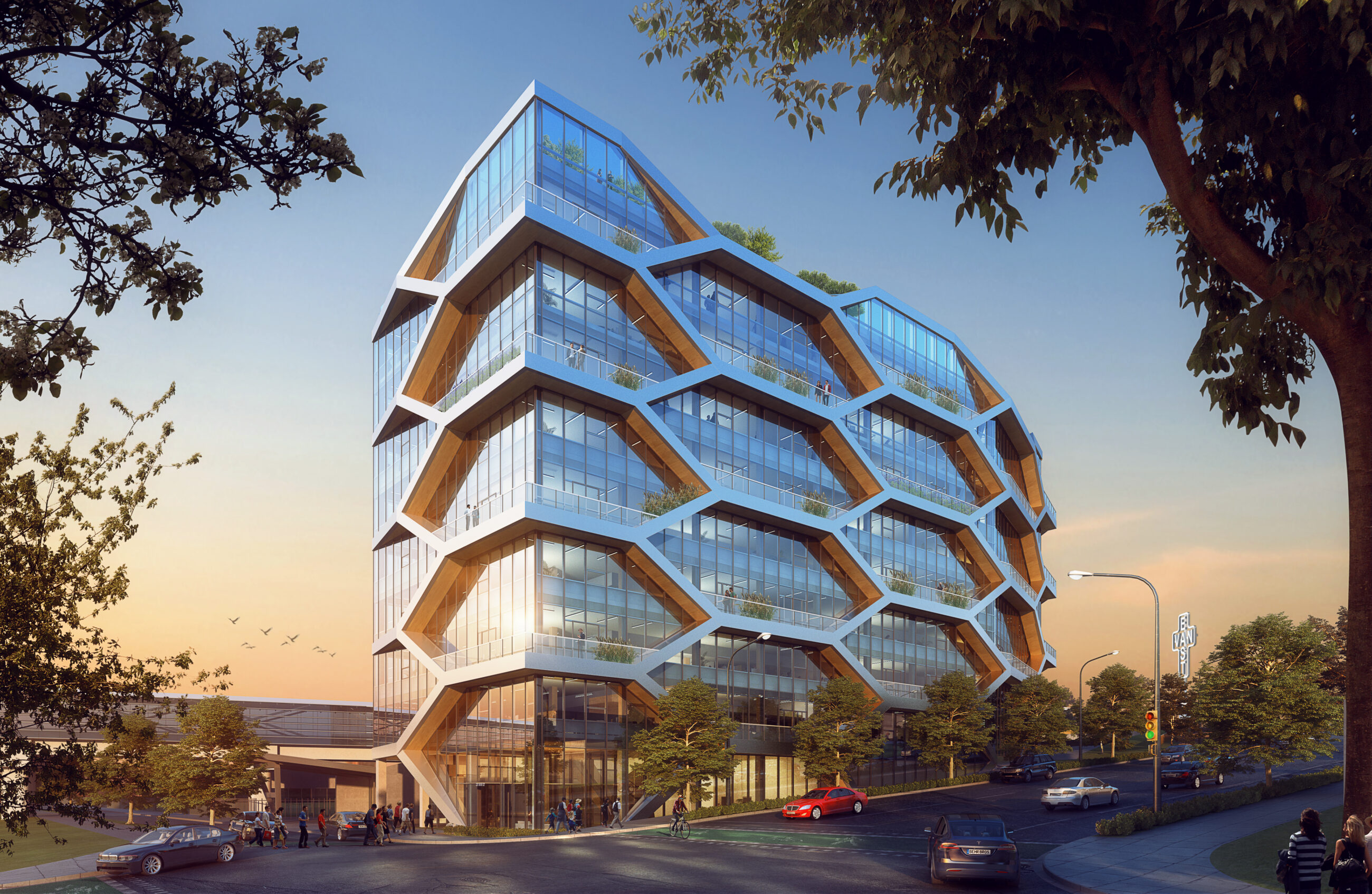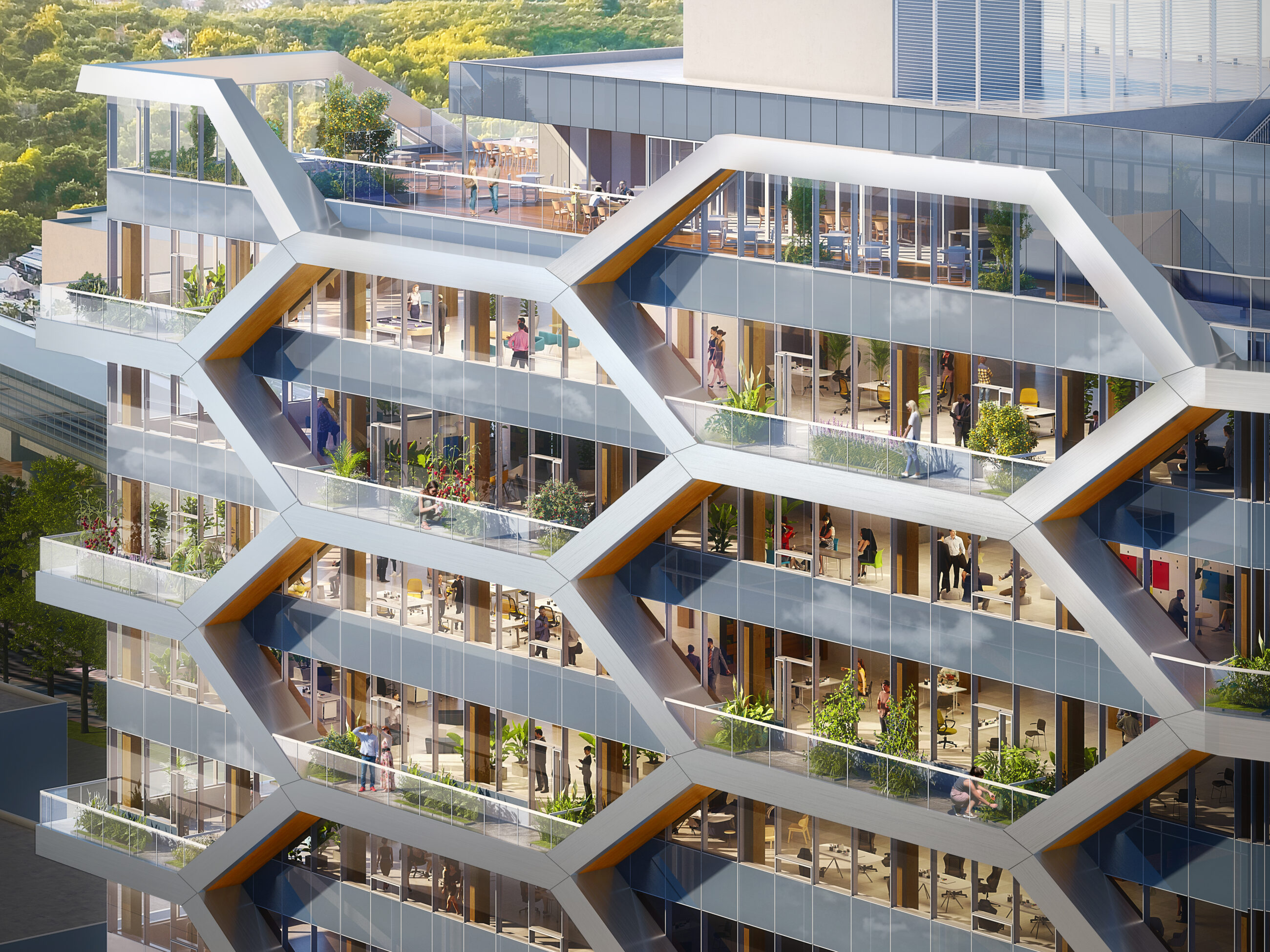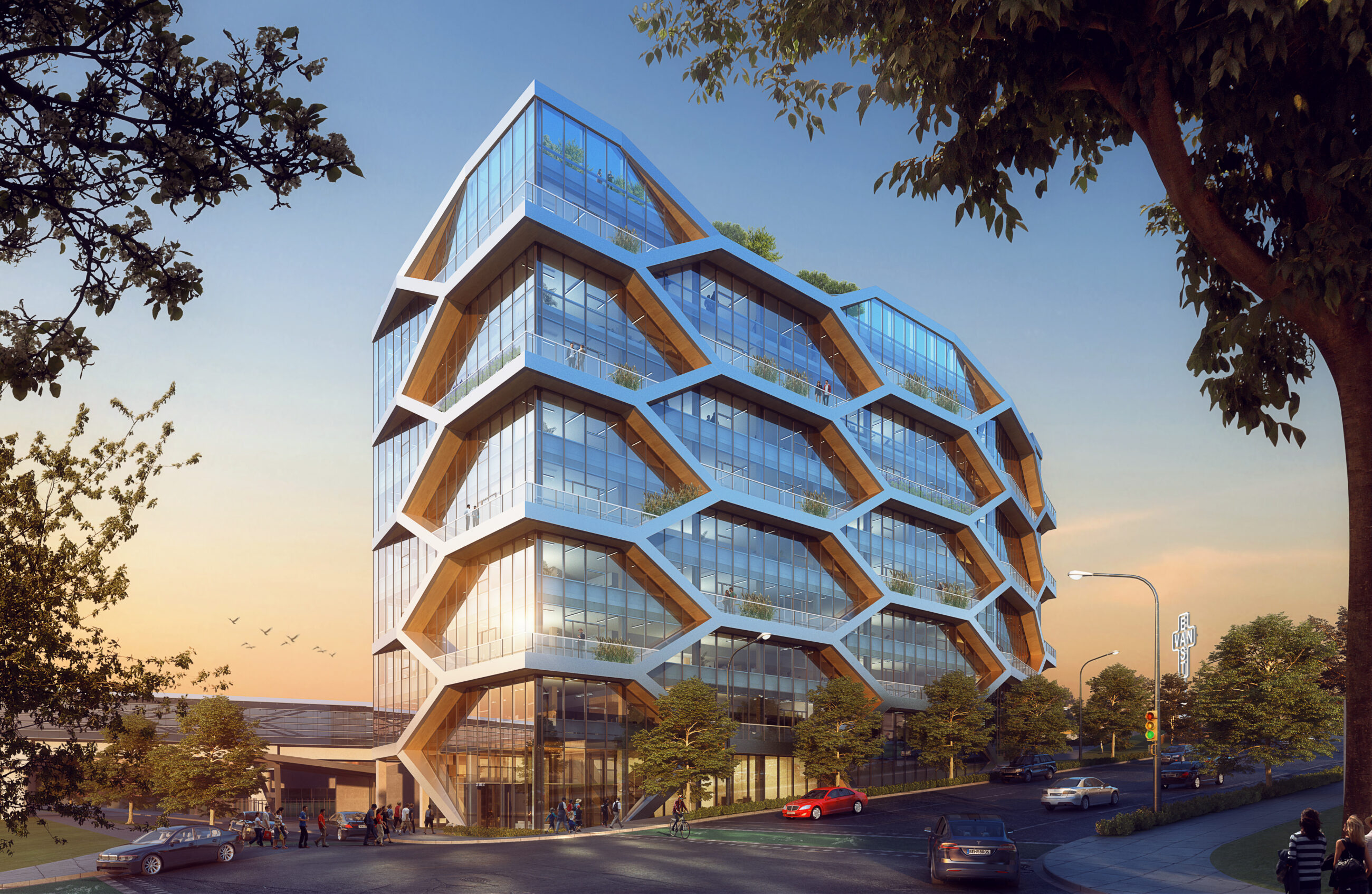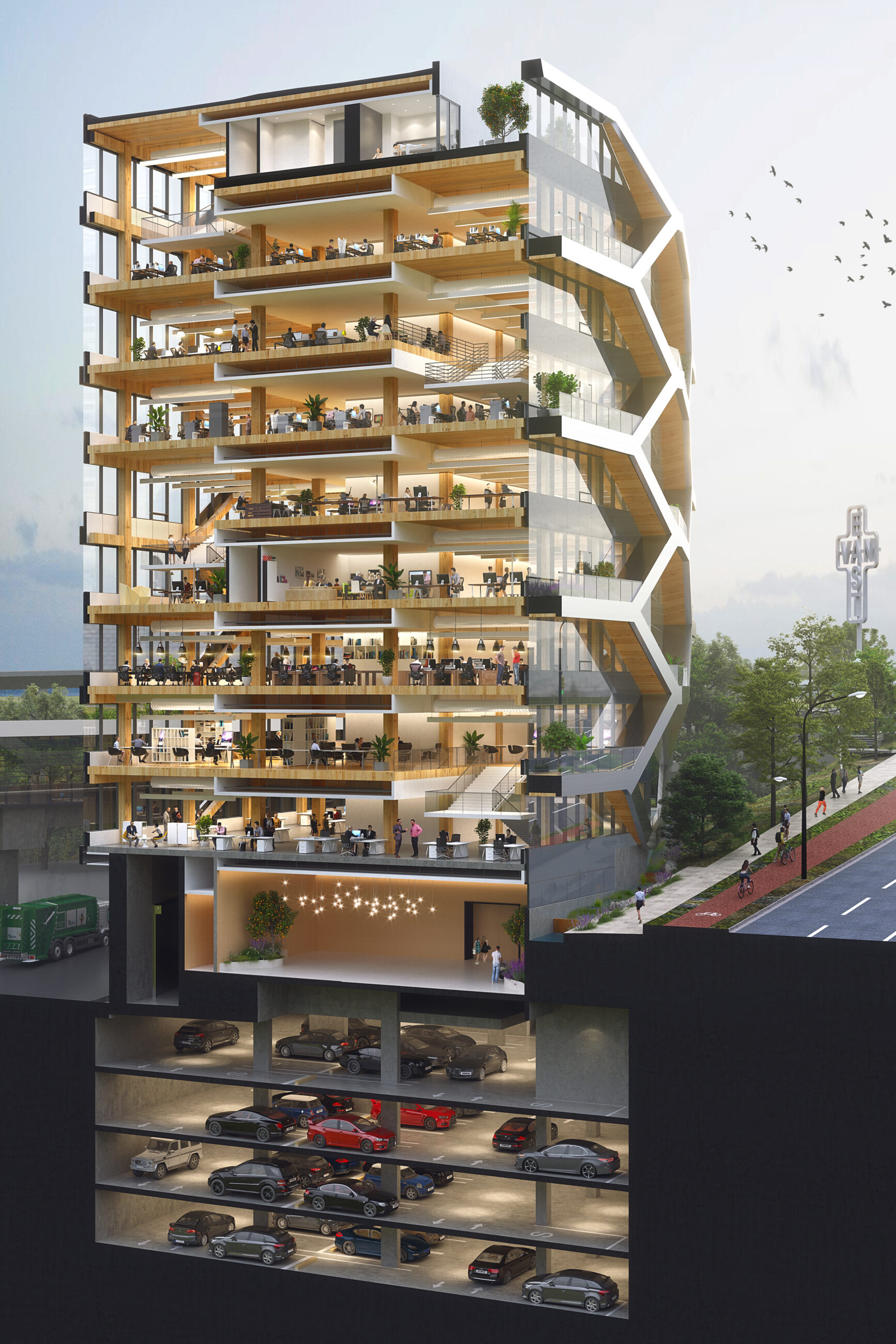A mass timber office building designed by DIALOG, 2150 Keith Drive, on the traditional, ancestral, and unceded territory of the Coast Salish peoples, including the xʷməθkʷəy̓əm (Musqueam), Sḵwx̱wú7mesh (Squamish), and səlilwətaɬ (Tsleil-Waututh Nations), is now certified Salmon-Safe!
Environmental protection is integral to DIALOG’s practice, and this Salmon-Safe BC certification recognizes the building’s implementation of sustainable land and water management practices within British Columbia and dedication to protecting the habitat of aquatic health and ecosystems— creating a more livable community for all. Salmon-Safe works with West Coast farmers, developers, and other environmentally innovative landowners to reduce watershed impacts through rigorous third-party verified certification.
2150 Keith Drive
Located at the southeast corner of the False Creek Flats neighbourhood of Vancouver, B.C., this site is of high cultural value to the Squamish Nation; known as Sḵwácháýs, with many accounts of harvesting through various methods of fishing, hunting, and vegetation collection.
Currently under construction, the 160,000-sq.ft., ten-storey office building is also targeting LEED Gold certification and has incorporated biophilic design principles throughout the interior and exterior of the building. The project will use mass timber construction, lowering the embodied carbon of the project. When completed, 2150 Keith Drive will be the first Salmon-Safe BC certified, tallest mass timber braced-frame project in North America. Anticipated completion is 2025.
About Salmon-Safe
Salmon-Safe is a third-party certification program that recognizes and rewards responsible, eco-friendly management practices that protect Pacific salmon habitat and enhance water quality on agricultural and urban lands. Salmon-Safe BC is delivered by the Fraser Basin Council, a not-for-profit that advances sustainability across British Columbia. Salmon-safe has become one of the nation’s leading ecolabels with more than 95,000 acres of farm and urban lands certified in Oregon, Washington, California and British Columbia. Through the peer-reviewed certification and accreditation program, they are leading the movement to implement farming practices and developments that protect water quality, maintain watershed health and restore habitat.





